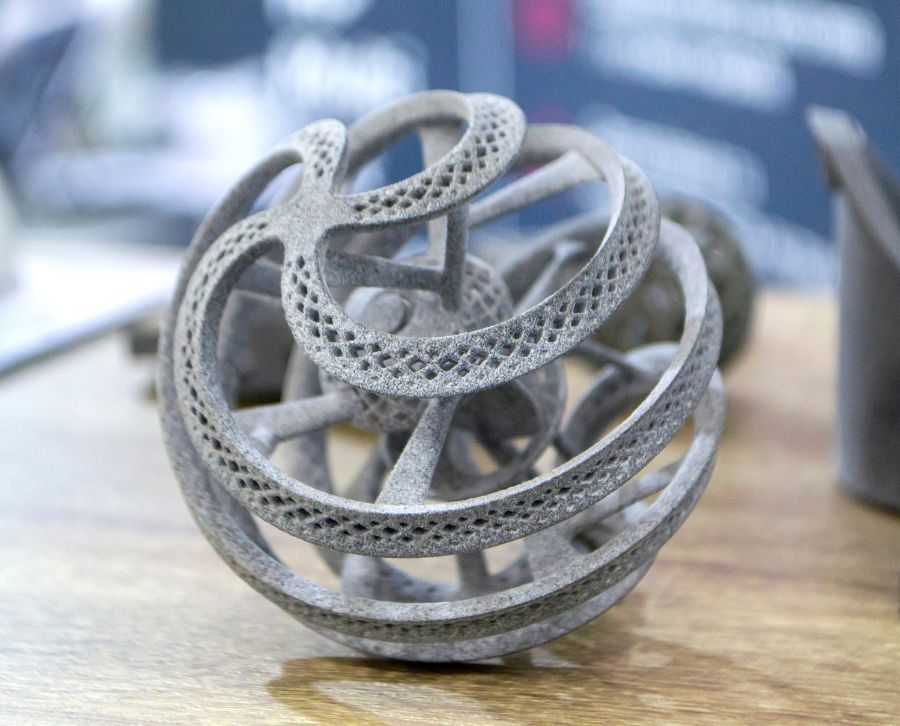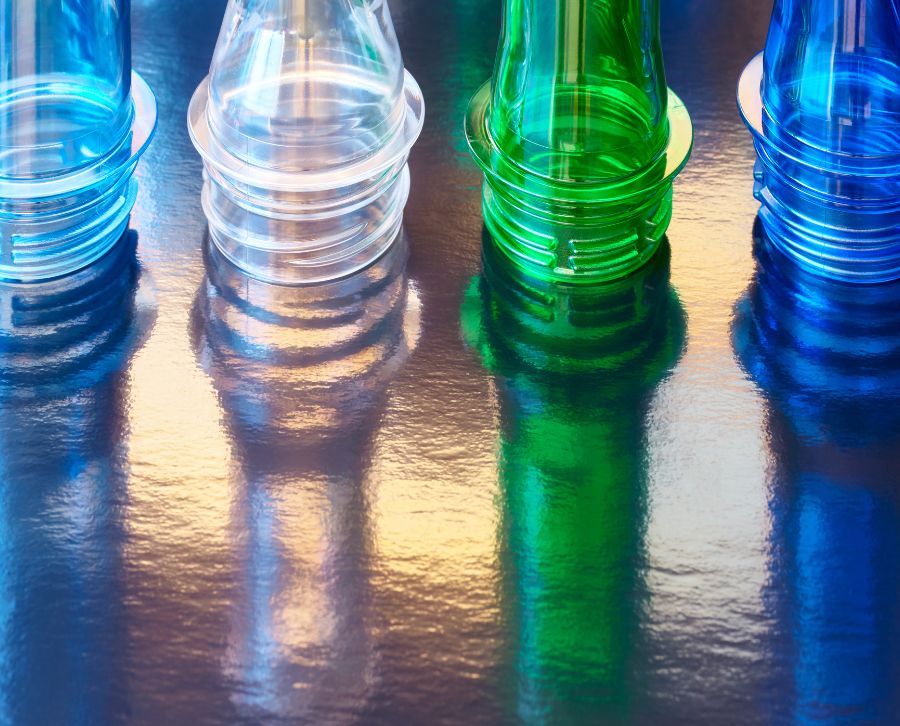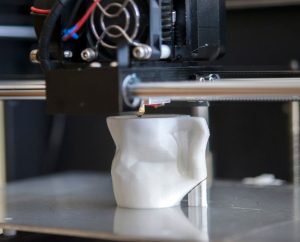Put simply, thermoplastics can be defined as plastics that soften when heated and harden when cooled. These characteristics are reversible, so they can be re-melted, remoulded and hardened repeatedly.
Some of the best known are polypropylene and polyethylene, but there are many others with unique properties. In this article we will discuss the most commonly used in industry.

Characteristics of thermoplastics
The property of melting and hardening is related to their molecular structure. Thermoplastics are made up of long, linear polymer chains. These chains are linked together by weak secondary bonds, which can break and re-form when the temperature is varied. This is the difference with thermosetting polymers and elastomers, whose chains are linked by stronger bonds (covalent, ionic or metallic).
When a thermoplastic is exposed to heat, the intermolecular bonds are broken, causing the molecules to separate. Once cooled, the molecules are rejoined by these bonds and the material hardens again.
This characteristic makes these plastics suitable for injection moulding, blow moulding, heat transfer and other processes.
The general properties that both define them and make them suitable for industry are as follows:
- A low melting point, which makes them easy to mould and process at relatively low temperatures.
- High mouldability in a wide variety of shapes and sizes.
- High durability, they withstand wear and tear and are resistant to corrosion and chemicals.
- Flexibility, they can be rigid or flexible depending on the polymer.
- Recyclability, they can be melted down and reused for new products in a sustainable way.
- Variable strength depending on the polymer, some are reinforced with fibres (carbon or glass) or glass particles to give them greater strength.
On an individual level, each type of thermoplastic has its own characteristics: greater or lesser flexibility, hardness, transparency or strength.

Thermoplastic types and their properties
Some types of thermoplastics have specific properties that others do not. These differences make them more suitable for one type of application or another. Those shown below are among the most commonly used in industry.
ABS
ABS is a strong, lightweight thermoplastic commonly used to make sports equipment, toys (such as LEGO® pieces), and various vehicle parts or components.
Polycarbonate
Polycarbonate is transparent and highly tensile and impact resistant. Its uses include the manufacture of reusable bottles, food storage containers and eyeglass lenses. It has good optical properties (very high transparency).
Polyethylene (PE)
Polyethylene is probably the most common thermoplastic. It is characterised by being flexible, lightweight and chemically resistant. It is used to make products such as milk bottles, cleaning containers and plastic bags.
Polypropylene (PP)
Polypropylene (PP) is a versatile and inexpensive thermoplastic distinguished by its high chemical and thermal resistance. It is used to manufacture food packaging, electrical wiring, automotive components or medical articles. It can also be used in fibre form to make strong, waterproof fabrics.
Kevlar
Kevlar is a polyamide with tensile strength and elongation at break properties far superior to steel, but with a much lower weight. It is therefore used to make bulletproof vests, helmets, gloves, bumpers, sports and aerospace equipment.
Innovations in thermoplastics
Innovations such as the use of thermoplastics in medicine are opening up new opportunities for medical device companies and hospitals. They are used, among other things, for implants and test instruments that previously relied on more expensive metals and conventional production methods.
Implants 3D printed with polymers such as polyphenylene sulphide (PPS) can save companies in this sector up to 50% compared to titanium, offering more economically viable solutions for various medical uses that enable better patient care.
On the other hand, the US National Renewable Energy Laboratory has been researching the use of thermoplastic composite materials for large-scale tidal energy turbines, offering the opportunity to generate clean energy that, unlike wind and solar, is not dependent on the weather.
Finally, wind turbine blades made from thermoplastic composites give better fatigue performance results over epoxy resin (a thermoset) blades and can be manufactured faster and more efficiently.
Recycling thermoplastics
Thermoplastics are 100% recyclable through mechanical and chemical recycling and can be transformed many times into new products. However, the extent to which thermoplastics are recycled depends on economic and logistical factors, including collection systems, infrastructure and consumer behaviour.





 by
by